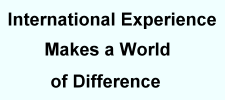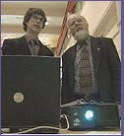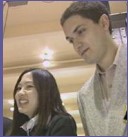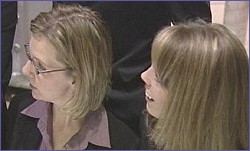 |
 |
AChannel News |
||||||||
| Telecast on April 10th, 2003 - Astrid Kuhn | ||||||||
|
"The area in Lisbon is really prone to earth quakes as it..."
Engineering student, Jennifer Chan, is talking about the challenge of how to keep buildings from toppling down. It's part of an urban renewal project that includes offices, homes, schools, and sports centers. These civil engineering students in Calgary have to figure out how to make it work. "It had three and a half thousand families of squatters living on it. It had four shanty towns. Population? I would say about twelve thousand people of squatters. This project is right next to the international airport of Lisbon, so, you know, the local government didn't want to see an international traveller coming in and seeing squatters." - Joe Leung U of C Senator. It may look small on paper, but this Lisbon project is big (nearly six city blocks in size) and for students, it means employing all their skills. "Engineering is not just about books when you're out actually working, you have clients and customers to deal with and there a lot of interfacing with other people." - Susan C, student designer. And part of the deal is bringing Canadian solutions to old world problems. "Our structural group used stud reinforcements which is actually a U of C development. Um, our environmental group did engineered wetlands, which are also very popular in Canada but not overseas." - Anna Rhodes, student designer You may be wondering why the students didn't apply their skills to problems in our city. "It allows the students to realize that what they can do is apply what they're learning at the University of Calgary anywhere in the world." - Tom Brown, professor. And when all is said and done, this plan may become a reality by 2015. This May 12 students will travel to Portugal to see if what they've put on paper will work in the real world. |
|||||||



